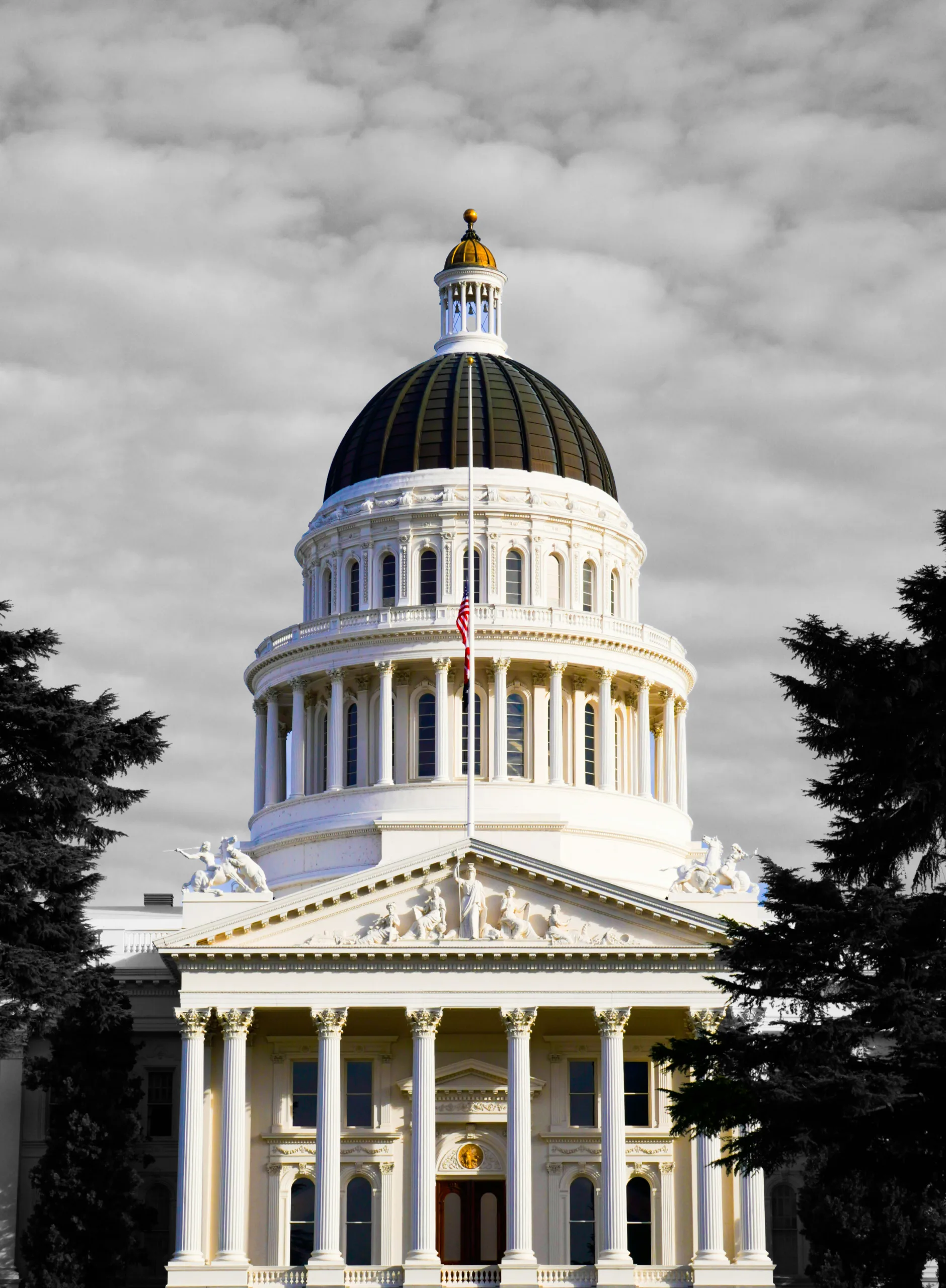
| You Must Report On | What It Means |
|---|---|
| Governance | Who in your company is responsible for managing climate-related risks and opportunities. |
| Strategy | How identified risks and opportunities could affect your business model, strategy, and financial planning. |
| Risk Management | How you identify, assess, and manage climate-related financial risks. |
| Metrics | The key metrics and targets you use to track and manage those risks and opportunities. |
| You Must Report On | What It Means |
|---|---|
| Governance | Who in your company is responsible for managing climate-related risks and opportunities. |
| Strategy | How identified risks and opportunities could affect your business model, strategy, and financial planning. |
| Risk Management | How you identify, assess, and manage climate-related financial risks. |
| Metrics | The key metrics and targets you use to track and manage those risks and opportunities. |
| Theme | What You Must Disclose |
|---|---|
| Governance | Oversight of climate risks at the board and management level. |
| Strategy | Short-, medium-, and long-term financial impacts of climate risks and opportunities. |
| Risk Management | Processes to identify and manage climate-related risks, including integration with enterprise risk management. |
| Metrics and Targets | GHG emissions (direct and indirect where relevant), financial exposure metrics, and resilience planning targets. |

